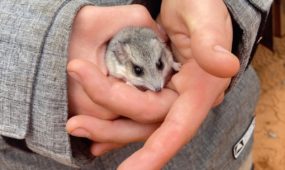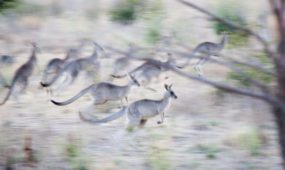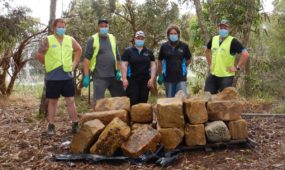Infrared sensing gives forest drones a new edge
Environment
An ‘x-ray vision system’ that overlays three specific technologies to assess the structure and health of individual trees in plantation forests through the canopy is being developed in South Australia.

Sign up to receive notifications about new stories in this category.
Thank you for subscribing to story notifications.
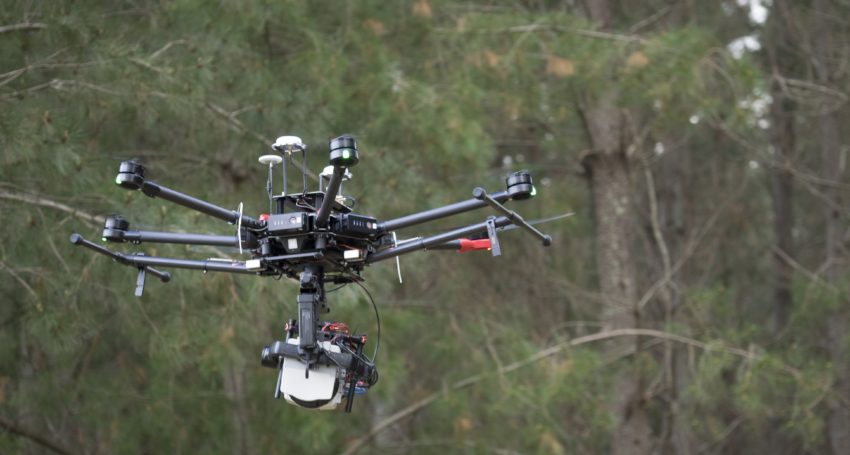
The collaboration between the forest industry, University of South Australia and the South Australian Government was launched last week to undertake research to boost productivity in the large plantation forests in the south east of the state.
Among the first projects undertaken by the Forestry Research Mount Gambier is to develop sophisticated imaging sensors that can be fitted to drones.
The three-pronged measurement approach uses Light Detection and Ranging (LiDAR), thermal infrared imaging and the hyperspectral imaging to generate 3D data. The remote sensing will allow both ground data and airborne data to accurately predict wood volumes, consider the impact of fires, insect damage and wind damage on yields.
University of South Australia autonomous systems expert Professor Anthony Finn said the addition of the infrared sensor gave the drone the “x-ray vision” to see through the canopies to provide a full image of the trunk.
“We – like everyone else – use LIDAR to get point clouds but one of the challenges of LIDAR is the canopies to the trunks of the trees,” he said.
“What we do with the infrared cameras is we carefully manage the spectral properties of what we’re looking at so we can see through to the trunks – in simple terms you could consider it almost like x-ray vision.
“In addition to this we look at the surface chemistry using the hyperspectral imaging sensor, which provides us with an insight into how the trees are thriving as well.”
LiDAR and drones have been used by the forestry industry for a decade but the additional use of high-resolution cameras and infrared sensors allows the researchers to “fill in the gaps”.
The system aims to achieve significant cost savings through a reduction in manual groundwork and more precise measurement and troubleshooting capabilities.
Field trials of the technology were conducted last month in South Australia and New South Wales, with mapping set to soon begin near Mt Gambier.
The drones are currently only able to scan small sections of forest at a time but Professor Finn said miniaturisation of the imaging software and possible commercialisation in the future would shrink the payload and allow it to be fitted to much smaller, more efficient drones.
“The trick at the moment is you’ve got to get a high-resolution sensor and in order to get one of those you almost have to build your own,” he said.
“Initial prototypes tend to be bigger than people are used to so you have to use a bigger drone.”
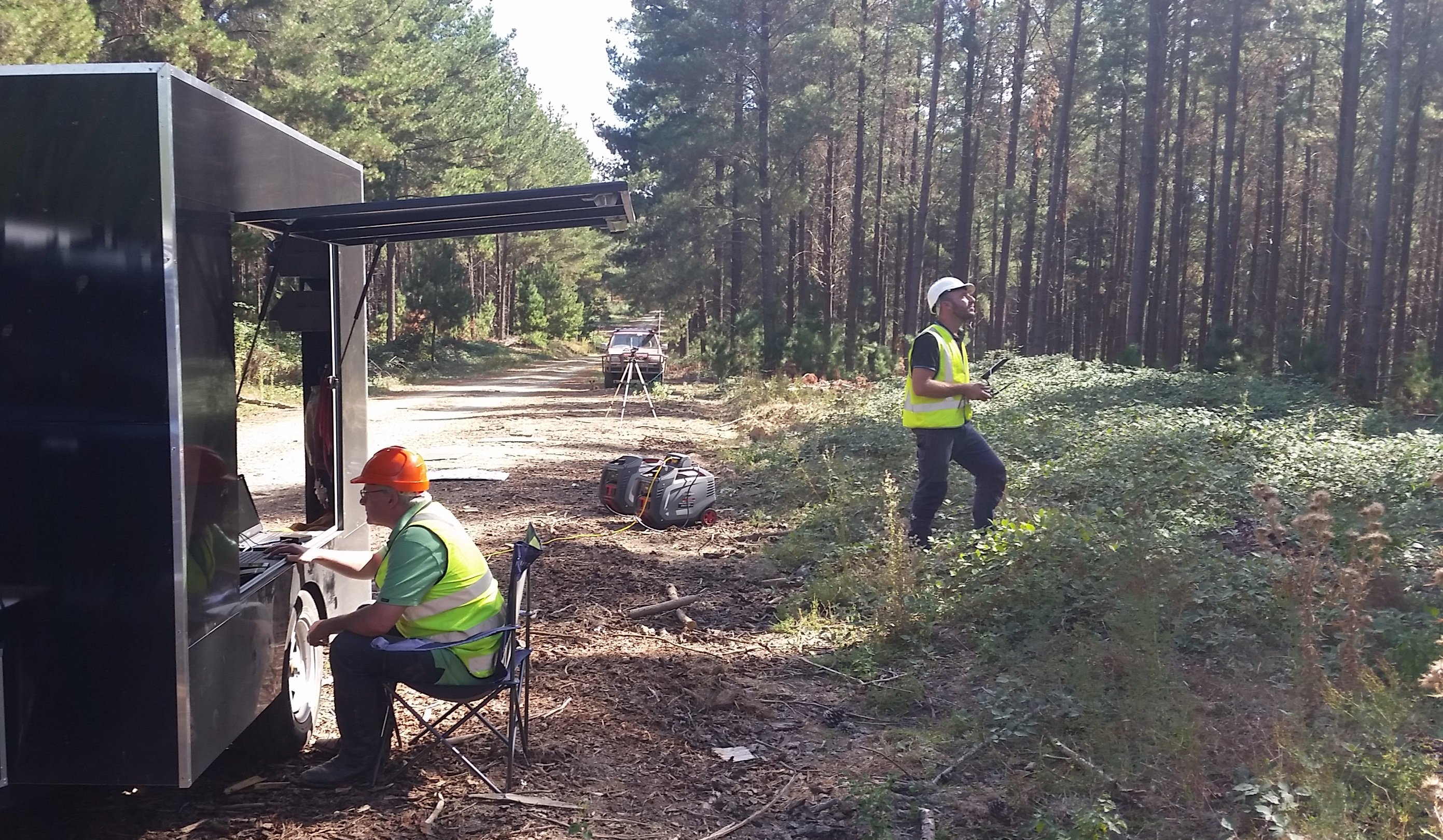
Forestry Research Mount Gambier is developing sophisticated imaging sensors that can be fitted to drones. Photo: University of South Australia
The city of Mount Gambier is in the Green Triangle, Australia’s second largest plantation forest region stretching from South Australia’s southeast to western Victoria. It includes about 350,000 hectares of plantings, which are roughly split between Radiata Pine and Tasmanian Blue Gum.
High quality Radiata Pine in Australia is used for structural timber in the domestic construction industry while Blue Gum is generally woodchipped.
UniSA’s General Manager of Forestry Research Dr Jim O’Hehir said the industry wanted to move towards more effective methods of assessing tree quality.
“If you can better quantify and assess the quality of plantations you can improve the matching of the resource with the requirements of customers so it’s about optimising production,” he said.
“It can also be about trying to detect health and nutritional problems as early as possible so you can apply corrective action.
Dr O’Hehir said because modern harvesting techniques were fully mechanised, the more information that could be provided ahead of operations the better.
“Then you can pick and choose the areas of forest you go into to achieve a certain product mix so data of the kind that you can get from the research work that Anthony’s been doing can give you those kind of improvements,” he said.
“In the end it can be about improved profitability because you are doing a better job of matching what you cut from the forest with what your customers are requiring at the time.”
Jump to next article
